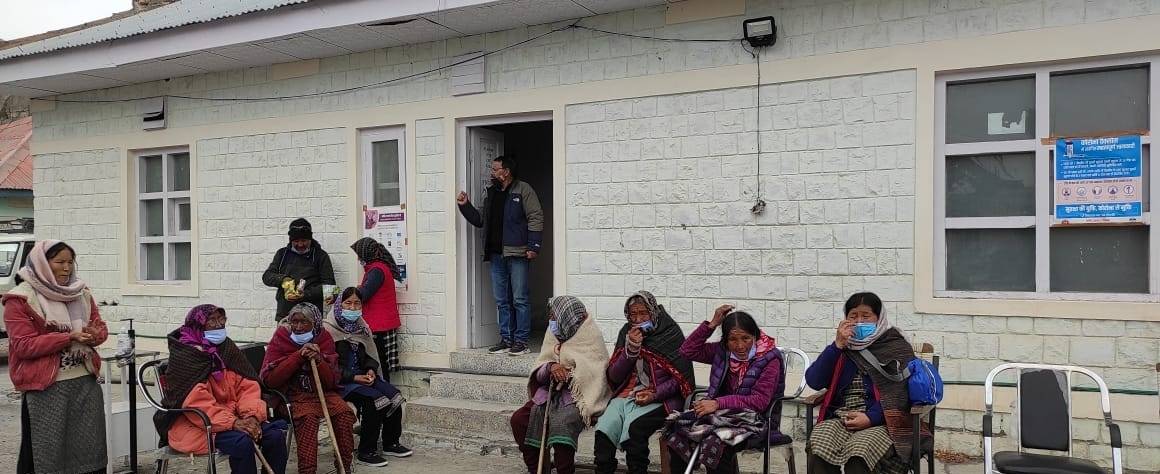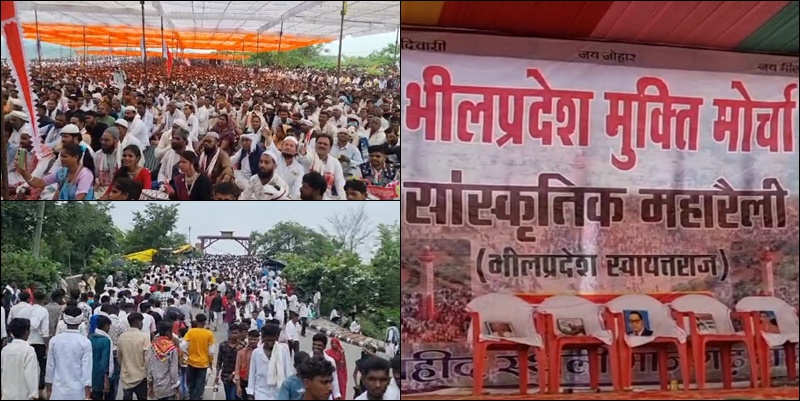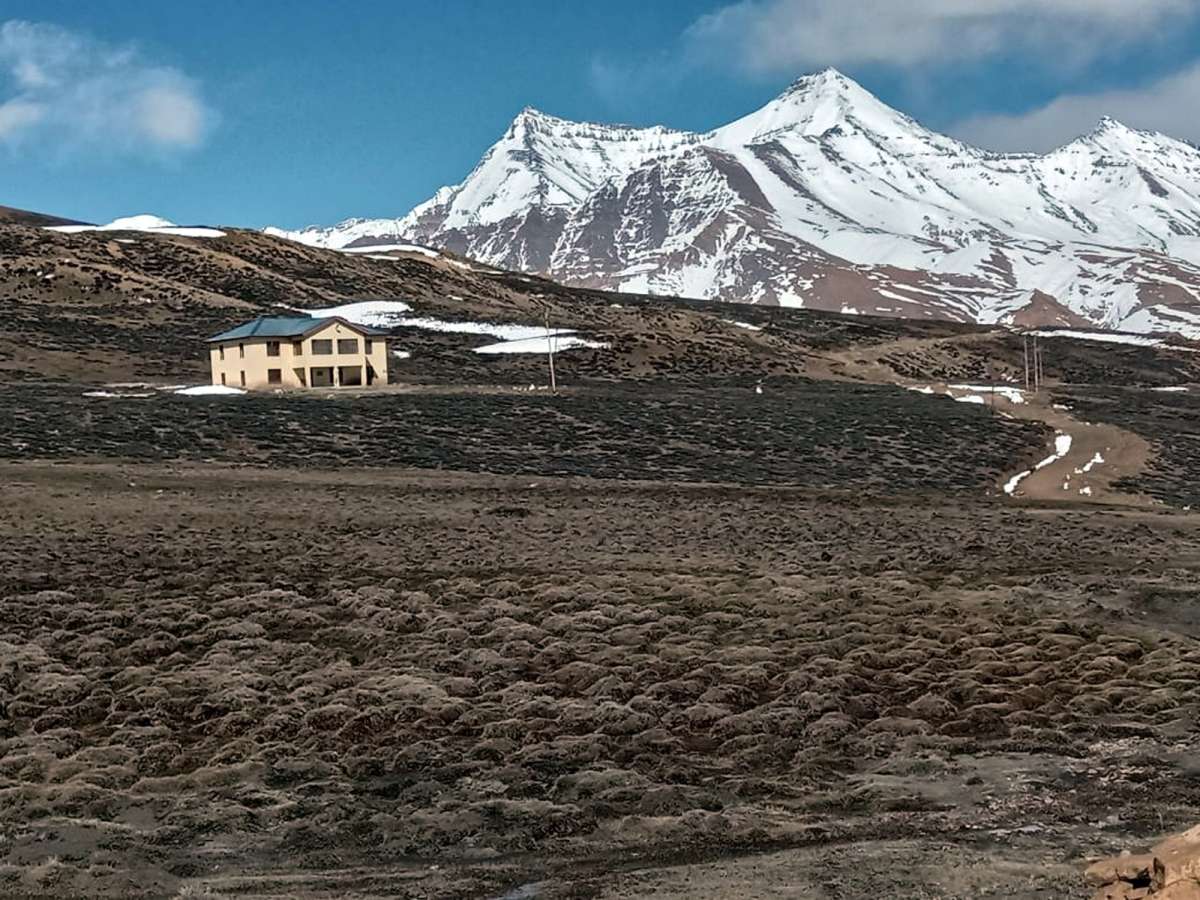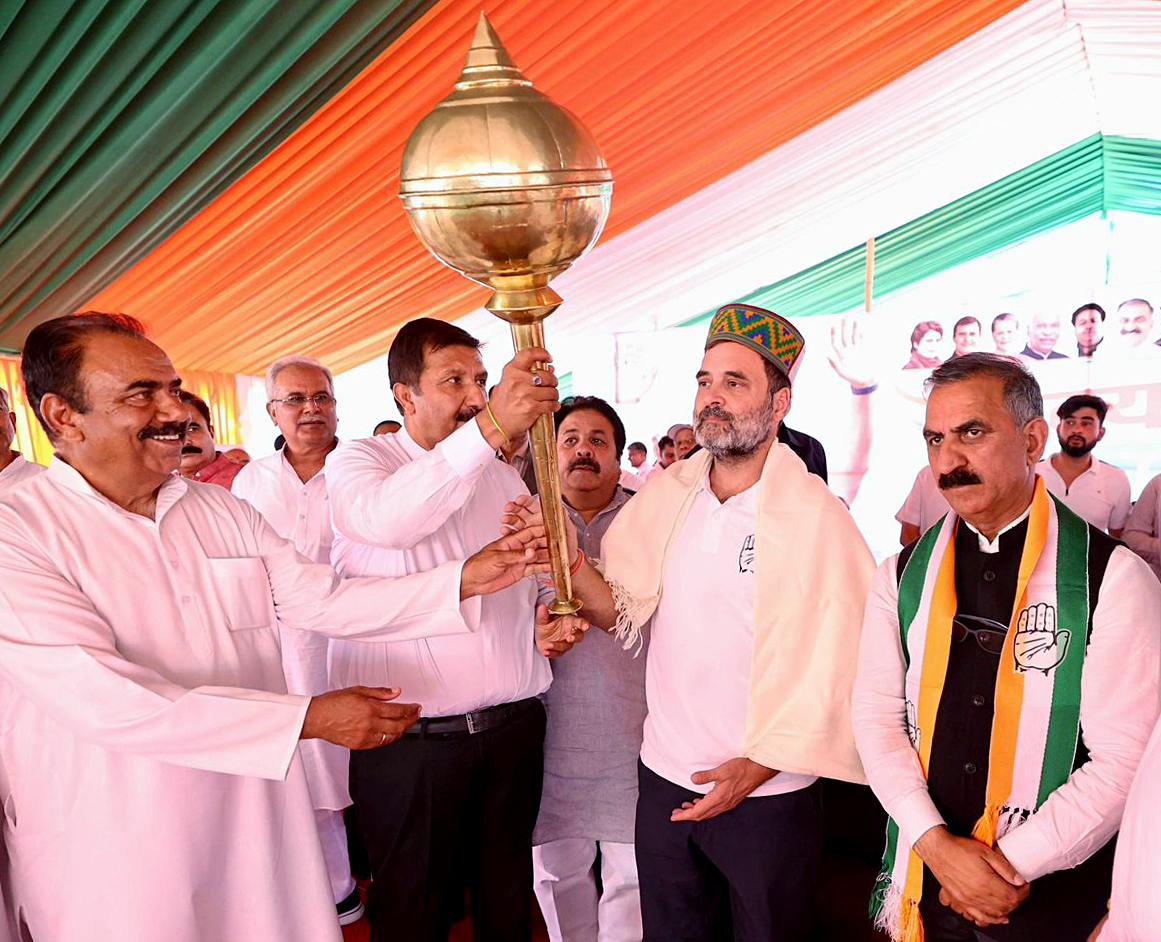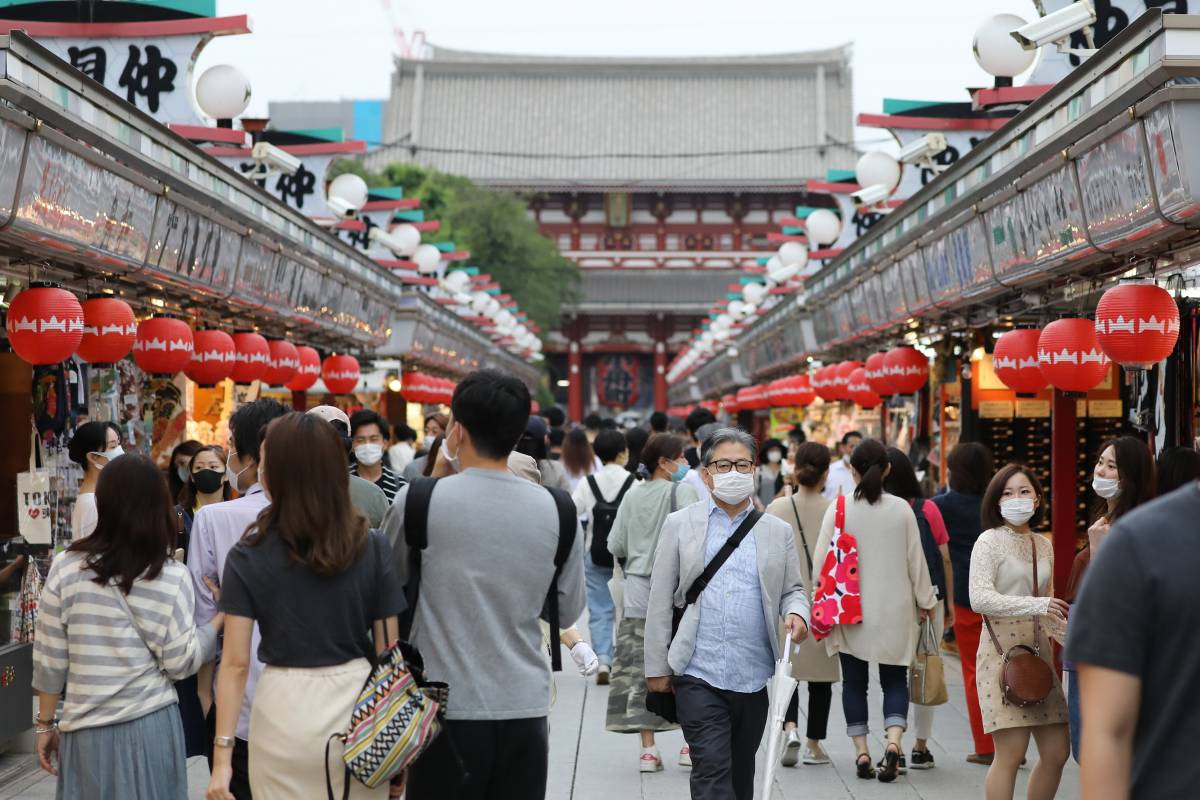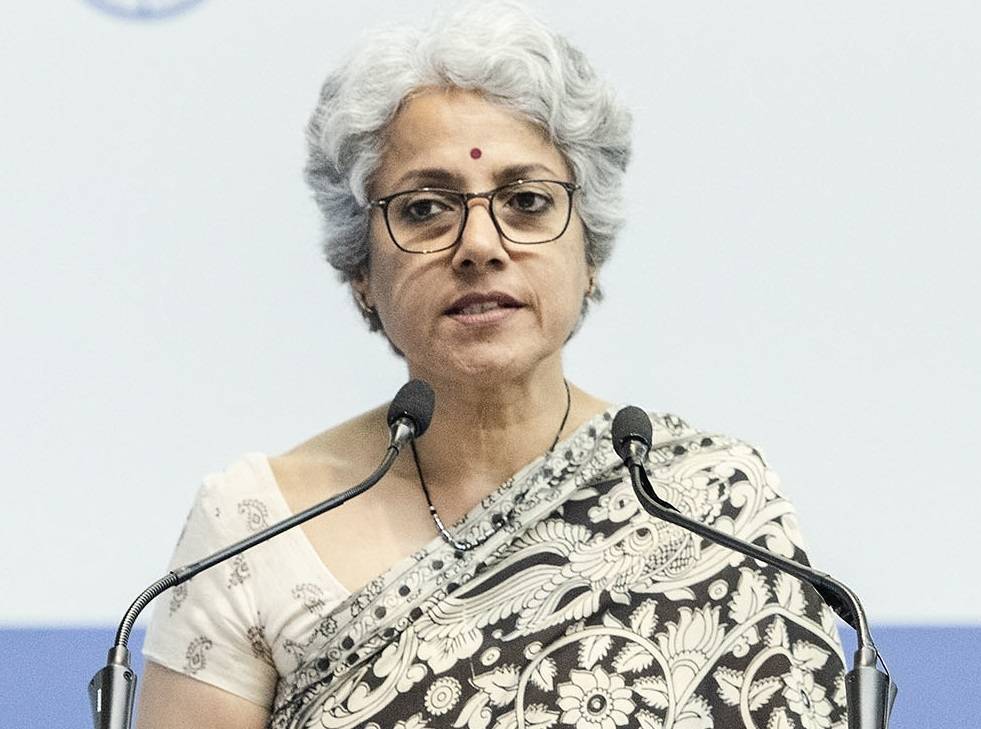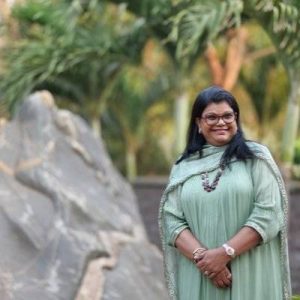The world’s highest post office, Hikkam, located 15,000 feet above sea level and its nearby village of Komik and Langche were among the worst hit in the first wave of the pandemic last year…reports Asian Lite News
Tribals, mainly Buddhists, settled in Himachal Pradesh’s Spiti valley spread over the Himalayan peaks, have set an example for others in the country by demonstrating that vaccination is the only route out of this pandemic.
Officials said that the entire elderly population — those above 60-years-old — in 13 panchayats of Kaza subdivision, a cold desert adjoining Tibet where there is shortage of health infrastructure, is now fully vaccinated. Those above 45-years-old have been provided the first vaccine dose.
The world’s highest post office, Hikkam, located 15,000 feet above sea level and its nearby village of Komik and Langche were among the worst hit in the first wave of the pandemic last year.

“The vaccine coverage for those above the age of 60 years in Hikkam, Komik and Langche is 100 per cent,” Block Medical Officer Tenzin Norbu said.
He said the people there were not hesitant to take the vaccine.
“Very soon we are going to start vaccination for those in the age group of 18 to 45,” he said.
Explaining the high trust in authorities, accredited social health activist (ASHA) Padma, who carried out the vaccination in Hikkam, said: “The drives to educate the locals encouraged them to support government efforts for boosting immunization.”
“The understanding that a delay could cause significant mortality helps to overcome vaccine hesitancy,” she said.
Kaza, the headquarters of Spiti that supports a population of nearly 12,000, was the first in the state to sanitise the entire block to prevent the spread of coronavirus last year.
Health authorities say 762 people above 60 years have got both doses of the vaccine in Kaza subdivision, which is 100 per cent of the total number, while 1,590 people between the age of 45 and 60 have been given the first dose.
As several recipients do not own smartphones or have no access to the Internet, about 80 per cent of the registration is being done offline, Additional District Magistrate Gian Sagar Negi said.
“One can get the slot booked by calling up the health department. We are getting 20 per cent registration online,” he said.
Unaware of registration process, Bishan Negi, a 65-year-old retired forest guard, said: “I do not own a smartphone. But I want to get myself vaccinated on priority as the emergence of new variants shows that until everyone is vaccinated no one is safe. So, I decided to opt for walk-in mode to get vaccinated.”
Local schoolteacher Dolma Negi said: “I do own a smartphone, but Internet rarely works here. So, I booked slots for myself and my husband by phone.”
Officials say internet connectivity in 10 of the 13 panchayats in the subdivision is not available. It is available in Kaza, Losar and Rangrik.
Additional District Magistrate Negi said there were many challenges when the first phase of the vaccine drive was launched on January 18.

“Our teams went from village to village to educate the locals about the life-saving vaccine doses, the only way to reduce severe disease and also to keep the pandemic at bay. At that time, we were not sure that we would be able to achieve 100 per cent vaccination of the most vulnerable age-group of 60 plus,” he said.
According to him, the locals were initially reluctant to go to hospitals owing to a belief they could get treated of the virus with the blessing of a local deity.
“We have managed to break that hesitancy,” Negi said.
According to the state health bulletin, a total of 708 tested positive till May 21. The active cases were 39. Four deaths have been reported so far.
This month, authorities at Kaza went one step ahead to ensure community protection from the pandemic by framing their own Covid-19 health protocols that include mandatory rapid test for all those entering the area, even from within the state. Notably, Kaza, some 320 km from the state capital, is a Schedule V area and the constitution empowers the local communities for self-governance.
The locals — largely Buddhists residing at an altitude between 3,000 m and 4,000 m — cultivate green peas, potatoes, barley and wheat on soil that is dry and lacks organic matter. These traditional cash crops are grown in summer and cultivated in August-September.
The picturesque Spiti Valley, the paradise that straddles both India and Tibet, comprising over two dozen small, scattered villages, remains cut off owing to heavy snow accumulation for at least six months in the year. It reopens once snow starts thawing after mid-April.
ALSO READ-B’wood Stars On ‘Freezing Himachal’ Shoot
READ MORE-Himachal Aims to Boost Rural Economy, Raise Life Expectancy


